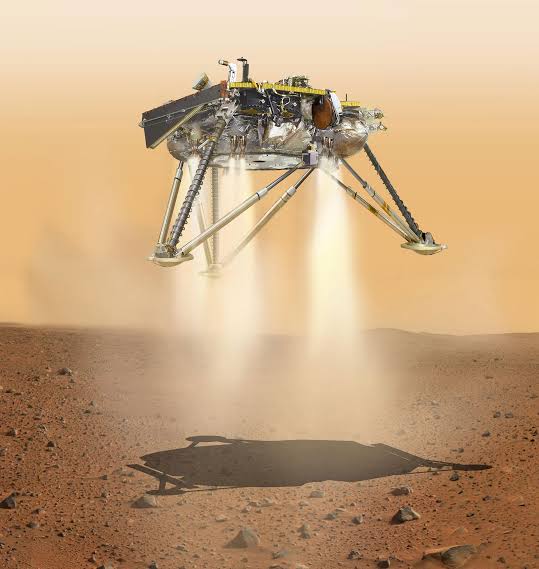Why is there more matter than antimatter? According to our current understanding of particle physics, matter and antimatter are equal but opposite. When they meet, they should destroy one another and leave nothing left over, and most of those annihilations should have occurred early in the Universe. However, there was enough matter left over to make the billions and billions of galaxies, stars, planets, and everything else. Various explanations surround mesons, which are short-lived subatomic particles made of one quark and one antiquark. B-mesons decay more slowly than anti-B-mesons, which could have resulted in enough B-mesons surviving the interaction to create all of the matter in the Universe. Additionally, B-, D-, and K-mesons can oscillate and become antiparticles and then back again. Studies have suggested that mesons are more likely to assume the normal state, which may also be why regular particles outnumber antiparticles.









